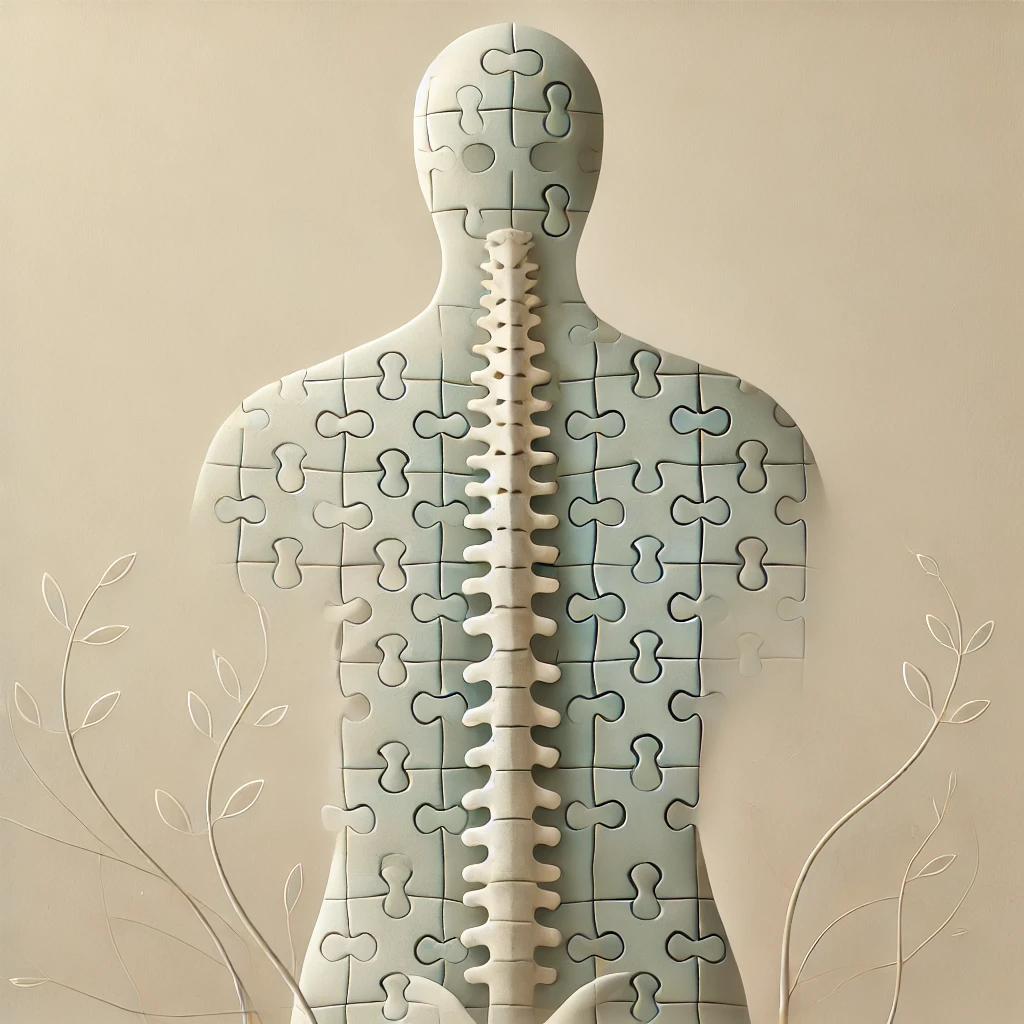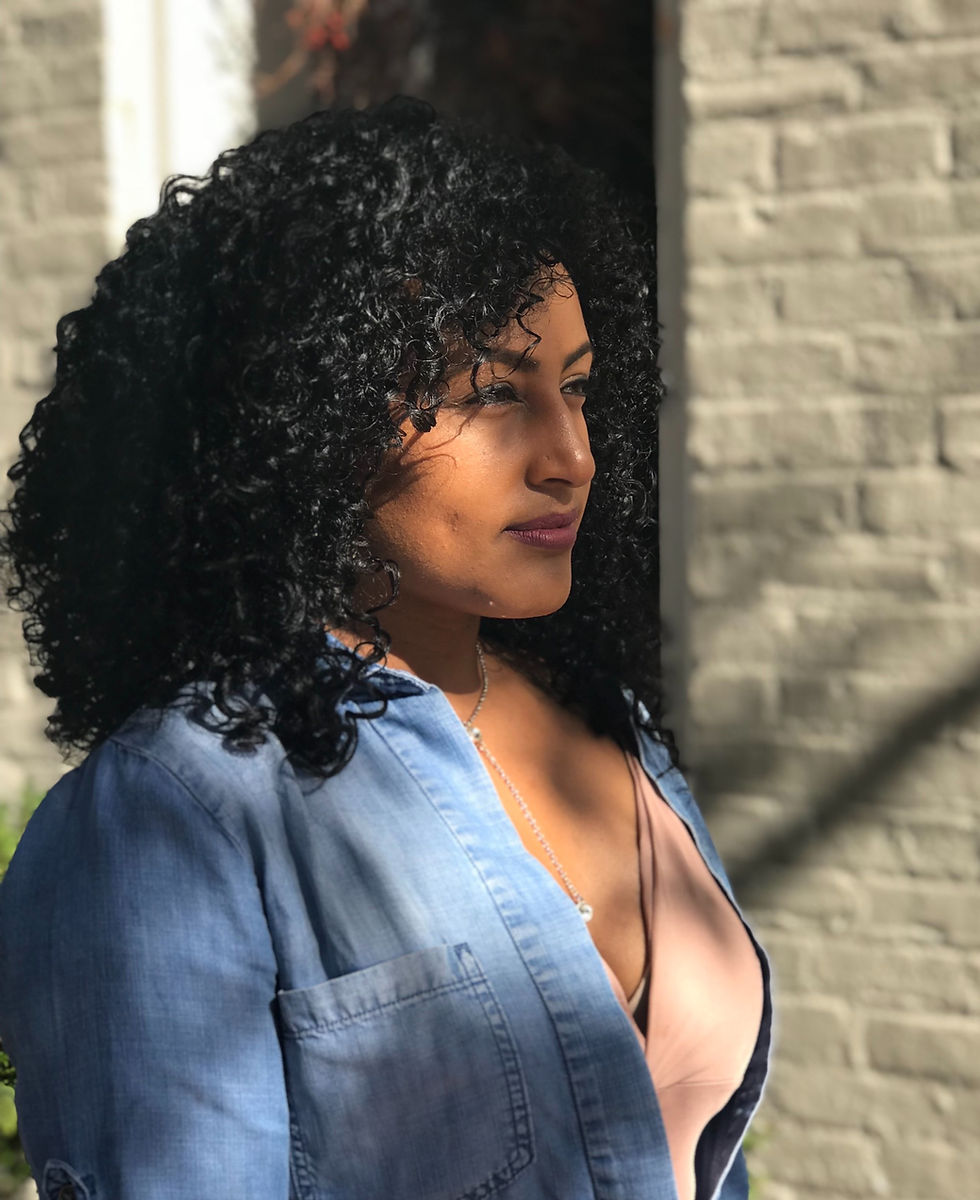Anatomy of Self-Mastery: Building Muscles of Curiosity, Acceptance, and Commitment"
- Tiemert Shimelis Letike
- Nov 22, 2024
- 4 min read
Freshman Year, Anatomy Class
Human Anatomy 101 and it's surprisingly even more fun sequel 102 was where I shined.
The professor often lamented, “Only Tiemert?” as I confidently offered answers from the front row. I loved the terminology—mouthfuls of Greek and Latin, root words pinned between prefixes and suffixes, weaving complexity into every term. Each word was like a linguistic treasure map, precisely describing position, size, function, direction, and location—a system that honored each part of the whole, doing justice to its unique role in the body’s intricate jigsaw puzzle.
A Love That Lingered
Decades later, many neural pathways in my brain remain solely dedicated to Human Anatomy. At first, I thought this lingering interest stemmed from a need for approval, particularly from those around me who earned high esteem in the medical field. My fascination but intensified even after I admitted that medicine wasn’t my true path—it was someone else’s dream for me. Yet, I clung to this knowledge, as if I needed people to witness my potential, just in case they questioned my worth. After all, I had been conditioned to believe my value depended on performance.
While that reasoning holds water—a bucket load, in fact—it doesn’t fully explain why my love for Latin muscle origins and insertions has outlived my need for external validation.
The Anatomy of Self
This realization led me to corners of my personality I hadn’t explored before. Words and expression stir my soul. I am a sucker for detail and harbor an almost compulsive need to get to the bottom of things. I want to understand not just how things show up but why they do, and what part they play in the quality of the whole.
These traits, while absolute thorns in my side when navigating relationships with people, have become cherished gems in my pursuits. The things that keep me up at night are no longer people, but concepts: becoming the best version of myself, raising resilient and conscious humans, unchaining myself from limiting beliefs, and making a meaningful impact through my lived experiences and earned wisdom.
Though I didn’t pursue anatomy, physiology, veterinary science, or mechanical engineering, I became a devoted student of personality and character traits. I’ve dissected the qualities that add health, vitality, and growth to my life in every sense.
The Foundation of Self-Mastery
When I say these traits support my healing and self-mastery, I risk underselling them. They are the vertebral column of my wisdom—the backbone that keeps me standing tall. They are the muscles that buoy me afloat in valleys and maintain momentum on peaks.. They are the ligaments that keep me connected to those I allow love to entangle me with, and the joints that allow smooth movement through life’s seasons.
Like a good surgeon-in-training, I have dissected these traits with diligence, and now I offer you three key tools for your journey: Curiosity, Acceptance, and Commitment.
Curiosity
Curiosity didn’t just kill the cat; it brought it back. It’s not about nosiness or minding someone else’s business— curiosity is about 'minding' everything. It's about looking at the world through a mindful lens that says, “There’s more here than my brain’s first explanation.”
Curiosity is your versatile muscle. Flex it frequently. It will help you seek and discover truths about yourself, your relationships, and the world.
Ask yourself:
Why do I feel this way?
What could be the reason this person did this?
When did I first feel this fear?
Who decides how I define success?
Where do I go emotionally when I experience rejection?
Make curiosity the backbone of your healing and self-mastery journey.
Acceptance
After curiosity gives you insights, the next step is to accept them. Fighting against what you uncover will only cause you to suffer. Acceptance doesn’t mean you approve of everything; it means you acknowledge reality as it is so you can decide what to do next.
Say to yourself:
I accept my past and present, even the parts that are tough to swallow.
I allow myself to feel discomfort without being threatened by it.
I give my shortcomings permission to exist so I can transform them.
I accept triggers as opportunities to dive deeper into my unconscious.
Acceptance is where healing begins, and where resistance ends.
Commitment
Commitment was a muscle I desperately lacked in my younger, survival-wired years. My therapist reminded me that young brains exposed to trauma often struggle to connect with their executive functioning—the evolved part of the brain capable of planning, weighing options, and seeing things through. Later in their adult years, they mistake this disintegration to simplistic explanations like "I am lazy" or "I do not finish what I start", which plays into the already down-spiraling lack of self worth, perpetuating a cycle of defeat.
If you suspect your nervous system is still wired for survival, consider therapy. It can help you learn to access your prefrontal cortex—the “decision-maker” that balances values, emotions, and logic. This is the main fiber in the commitment muscle, which will lift and carry you toward thriving relationships, achieved goals, and realized potential.
Remind yourself:
I can and will follow things through.
By integrating the disconnected parts of my brain, I learn that I am safe and therefore able to plan and execute.
I admire my ability to commit , in spite of discomfort, to pursuits where my values shine through.
I have everything I need to set and achieve my goals.
These three mental muscles—Curiosity, Acceptance, and Commitment—have carried me from dysfunction and misery to clarity and growth. Like any healthy muscle, they grow the more they are used. My hope is that they will aid you on your journey to self-mastery as well.
Interested in exploring further? Email me to inquire about one on one coaching sessions with me.








Comments